The Aquatic Fabric Sculptures of Mariko Kusumoto
The artist, among other methods, uses the Japanese folding technique known as ‘tsumami zaiku’ to craft vibrant textile creations.
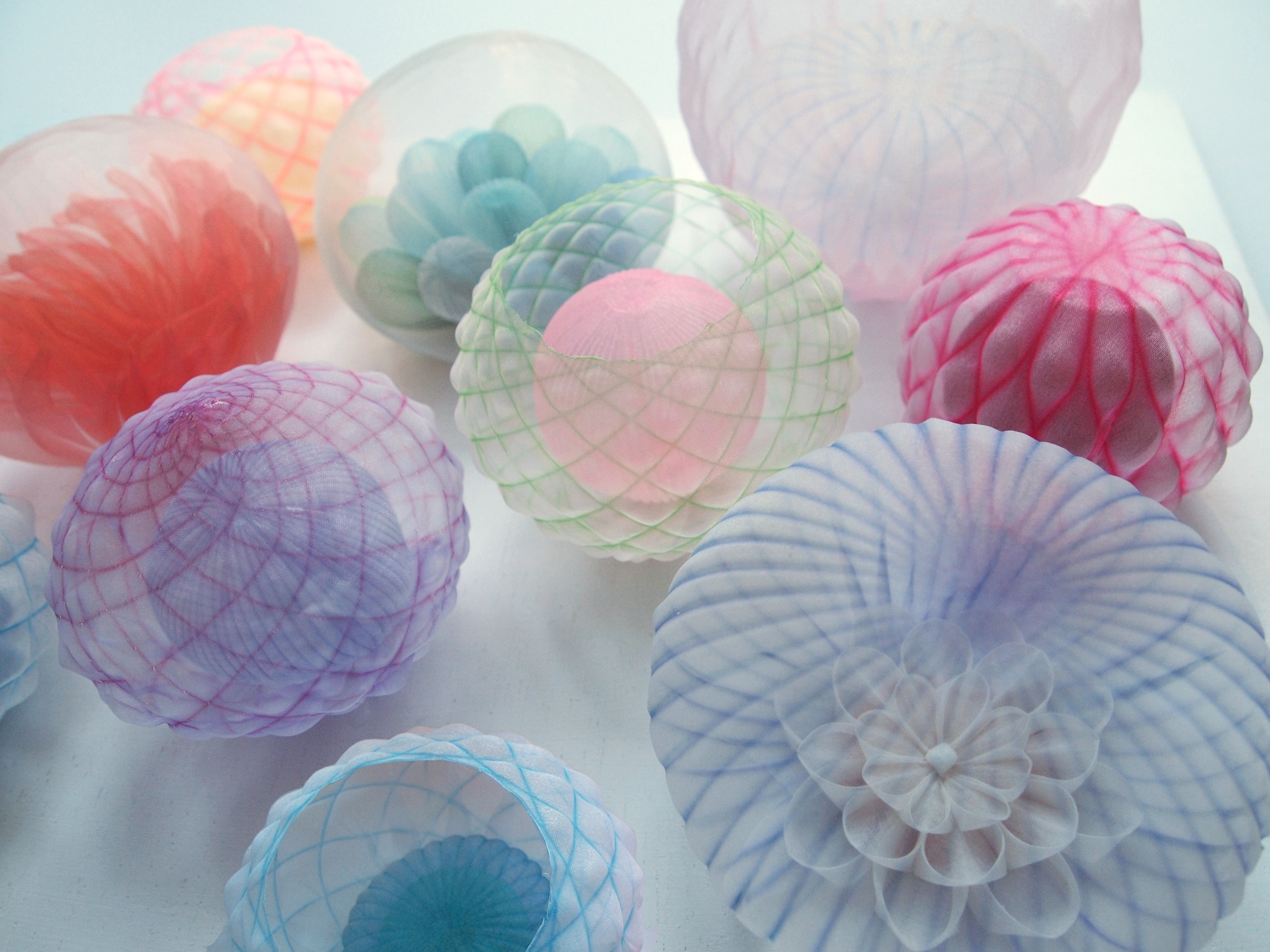
© Mariko Kusumoto
Sea anemones, tulips, algae, jellyfish, corals, and fossilized shells–Mariko Kusumoto’s creations share a common thread: they all represent the animal or plant kingdoms and appear to float dreamily.
Born in Kumamoto, Mariko Kusumoto grew up in a Buddhist temple on the island of Kyushu before studying art in Tokyo and later in the United States. Now based in Massachusetts, where she lives and works, Mariko Kusumoto has a favorite medium: textiles.
From Steel to Fabric
Using translucent polyester and nylon fiber, she crafts her miniature reproductions of nature. This is achieved through the Japanese flower-folding technique known as tsumami zaiku, developed during the Edo period (1603-1868). The technique involves folding square pieces of fabric with tweezers to create the desired shape, most often flowers. Sometimes, these works are transformed into jewelry like necklaces or earrings.
Though Mariko Kusumoto is now celebrated for her textile work, including a collaboration with Jean-Paul Gaultier for the Spring-Summer 2019 Haute Couture collection, she didn’t always work with this medium. Until 2013, she primarily created metal works, including surrealist-style dioramas.
Mariko Kusumoto’s work can be found on her Instagram account or on her website.
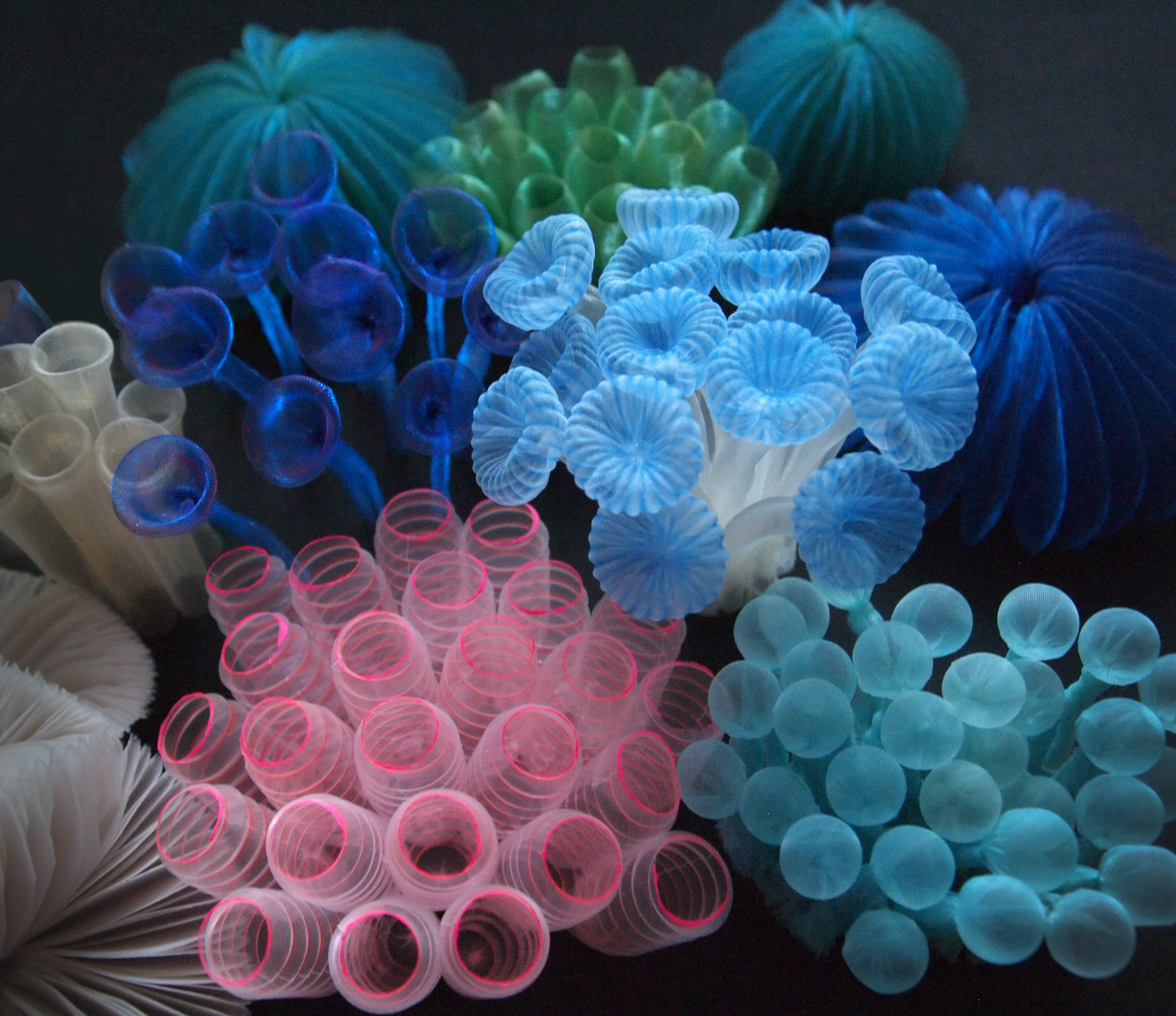
© Mariko Kusumoto
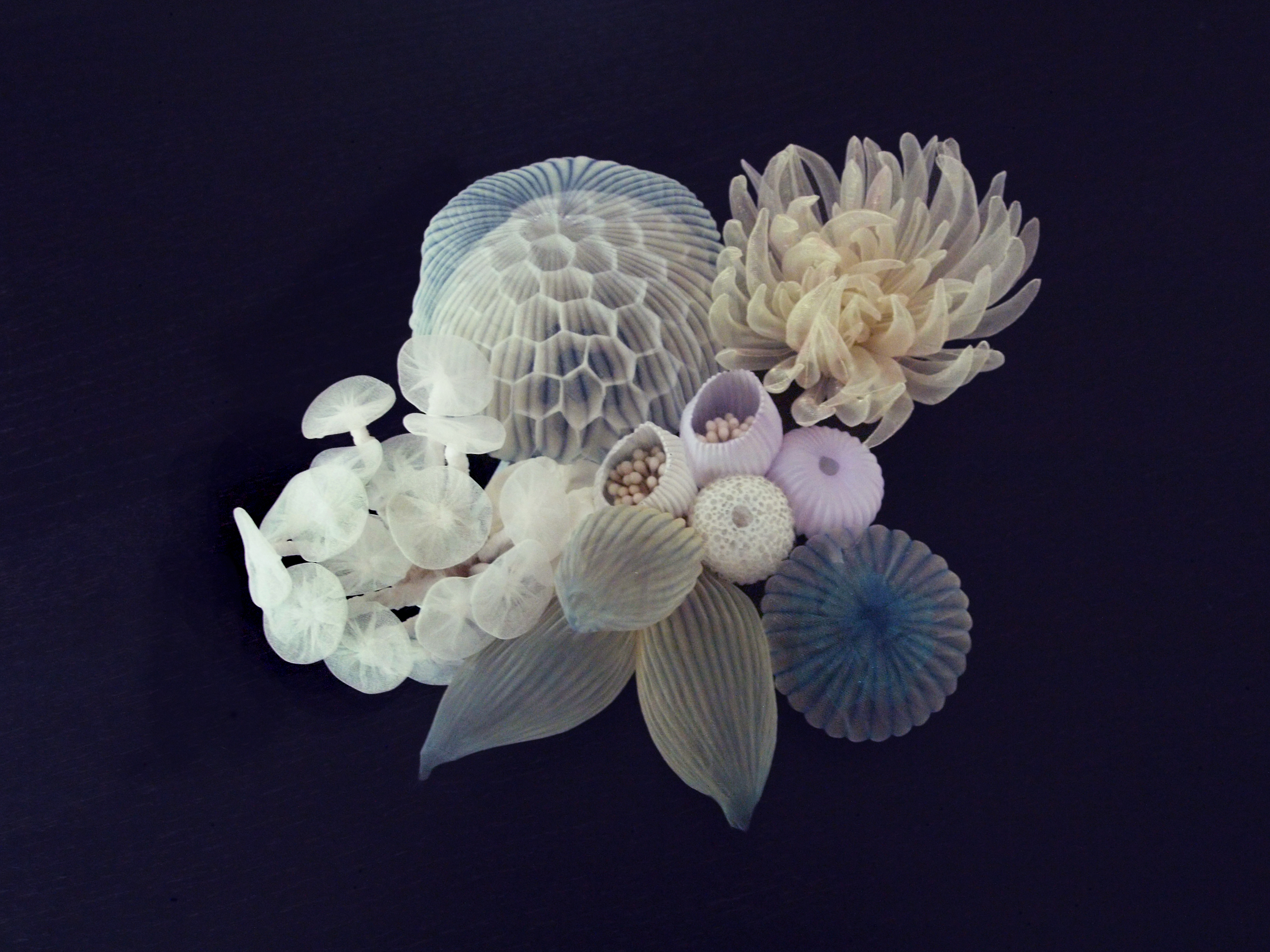
© Mariko Kusumoto
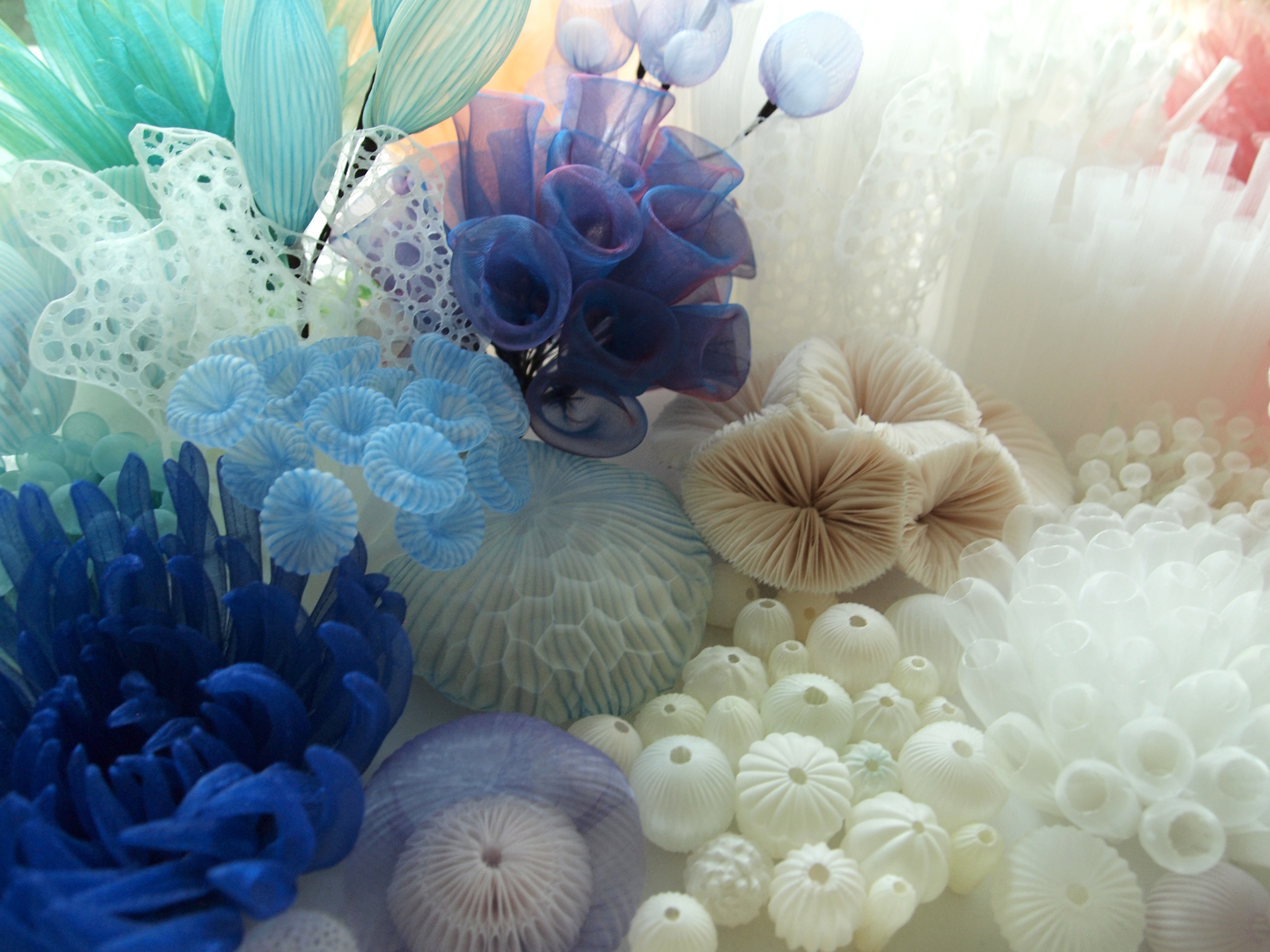
© Mariko Kusumoto
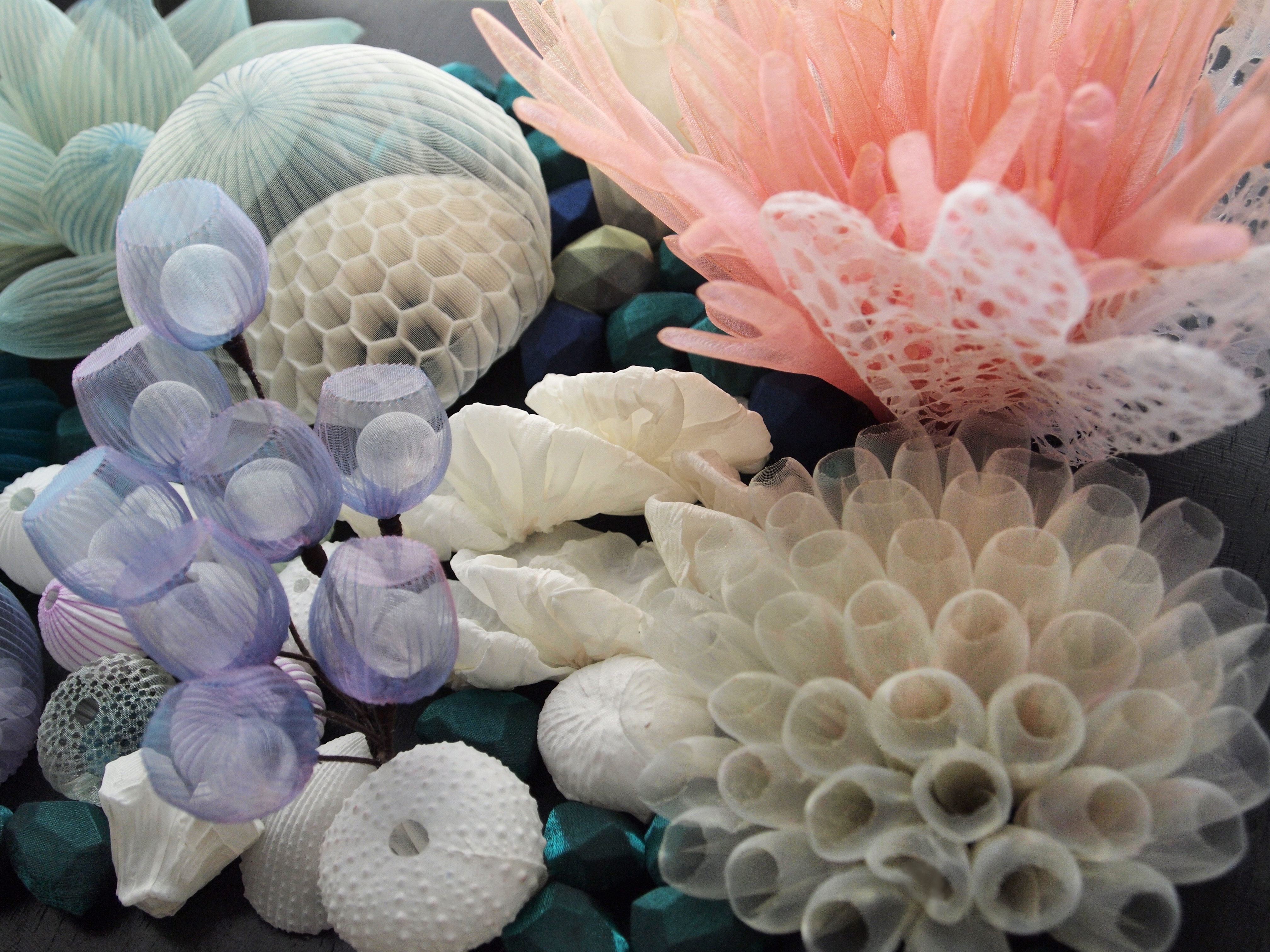
© Mariko Kusumoto

© Mariko Kusumoto
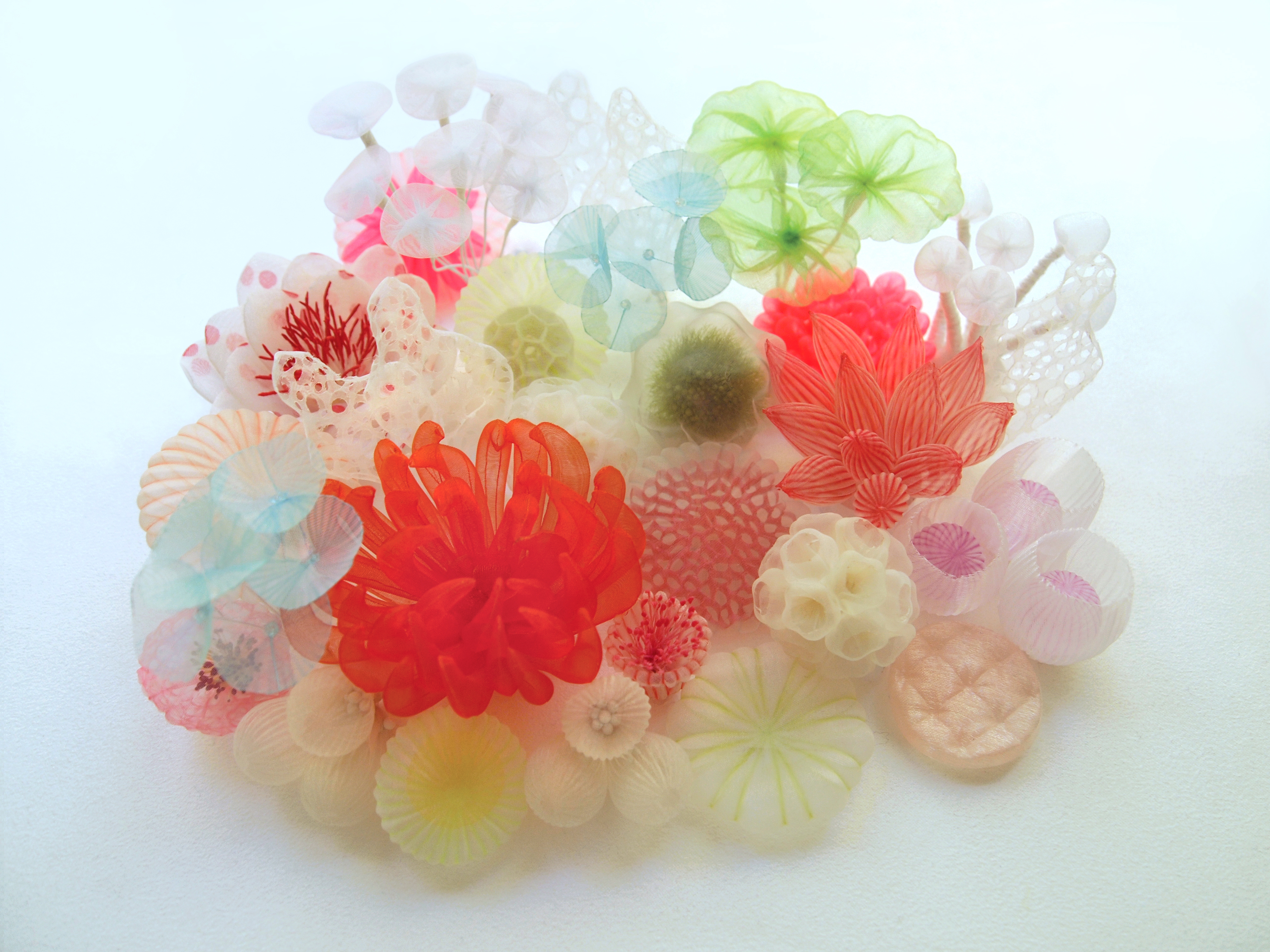
© Mariko Kusumoto
TRENDING
-
A Craft Practice Rooted in Okinawa’s Nature and Everyday Landscapes
Ai and Hiroyuki Tokeshi work with Okinawan wood, an exacting material, drawing on a local tradition of woodworking and lacquerware.

-
Hiroshi Nagai's Sun-Drenched Pop Paintings, an Ode to California
Through his colourful pieces, the painter transports viewers to the west coast of America as it was in the 1950s.

-
The Tattoos that Marked the Criminals of the Edo Period
Traditional tattoos were strong signifiers; murderers had head tattoos, while theft might result in an arm tattoo.

-
‘Shojo Tsubaki’, A Freakshow
Underground manga artist Suehiro Maruo’s infamous masterpiece canonised a historical fascination towards the erotic-grotesque genre.

-
‘Seeing People My Age or Younger Succeed Makes Me Uneasy’
In ‘A Non-Conformist’s Guide to Surviving Society’, author Satoshi Ogawa shares his strategies for navigating everyday life.





